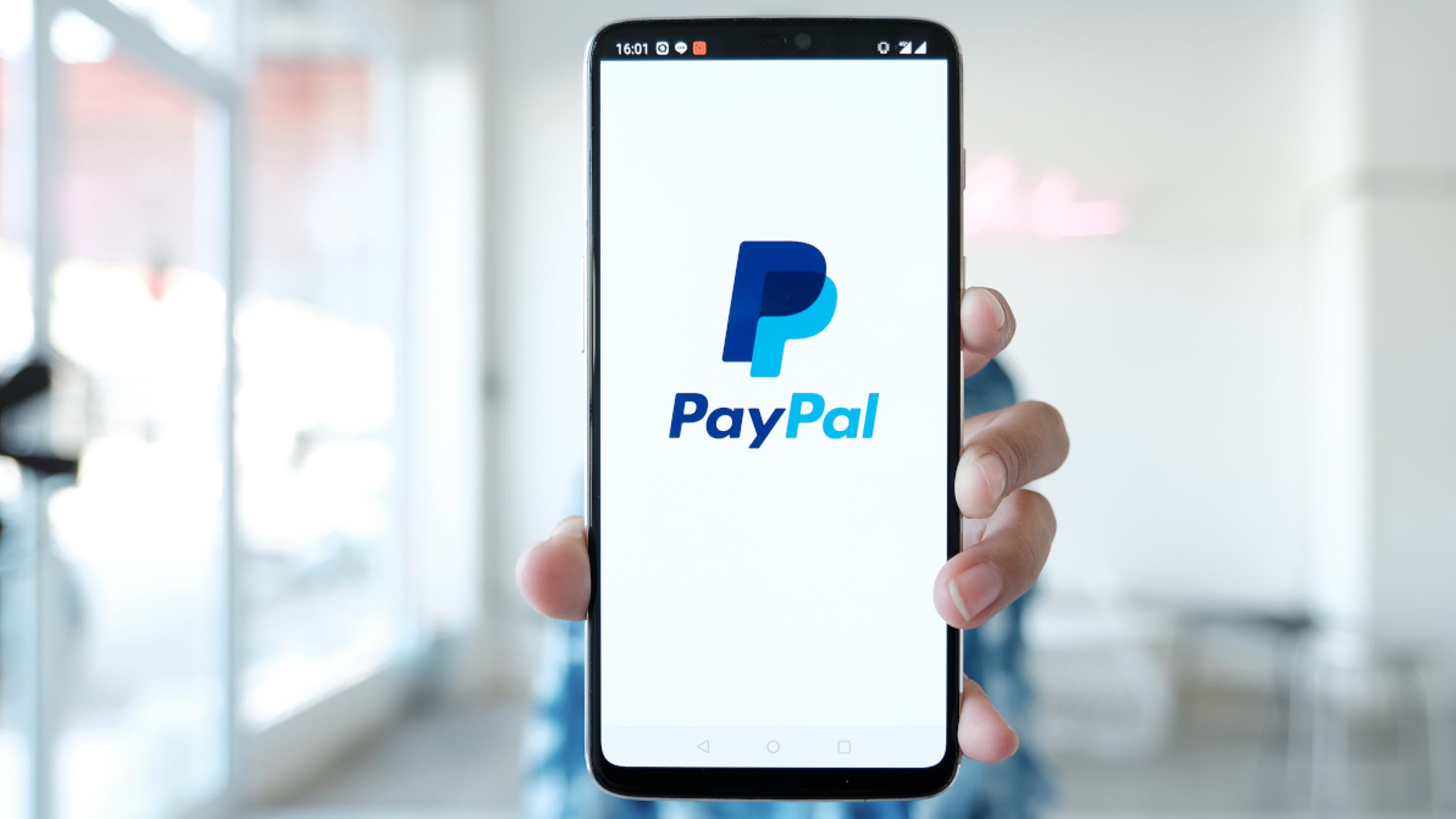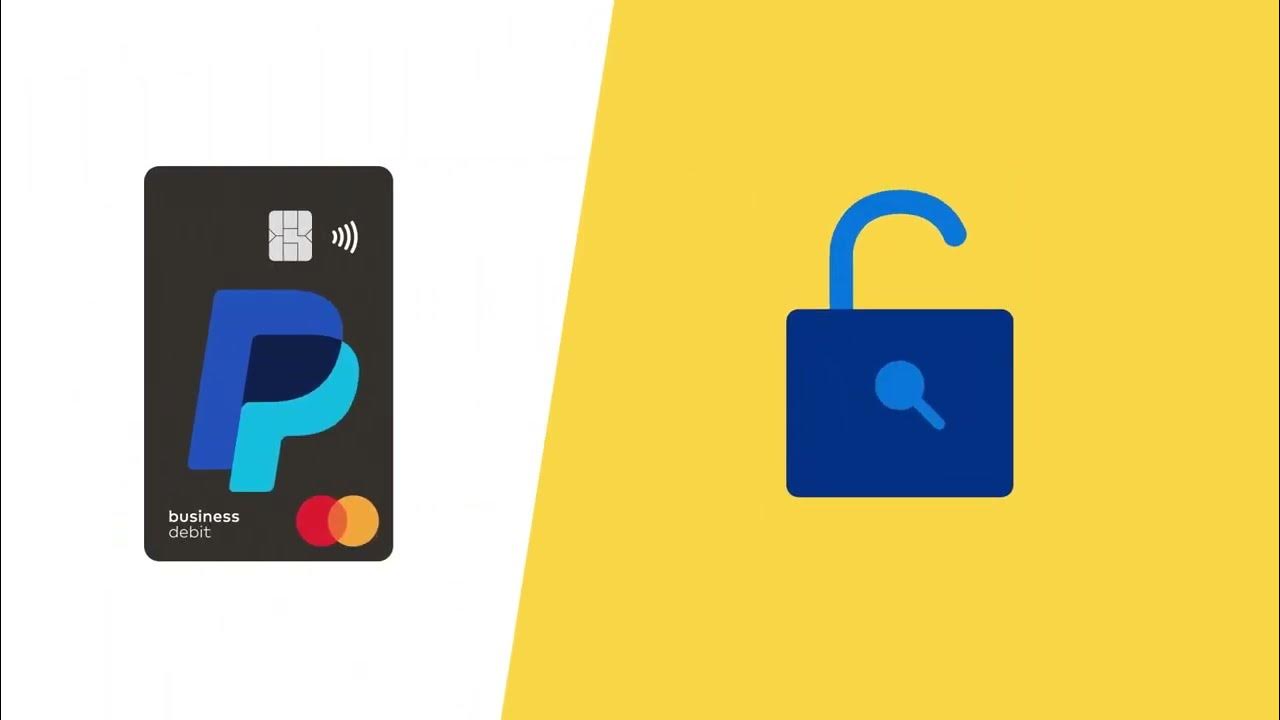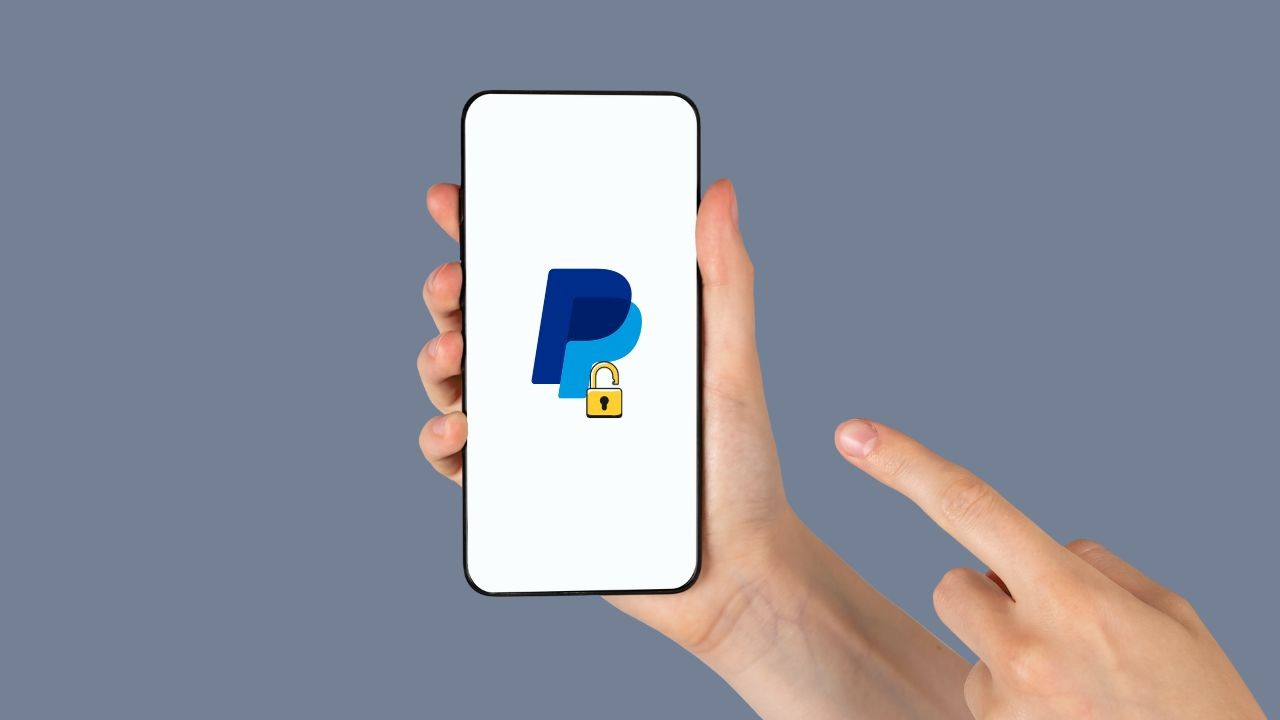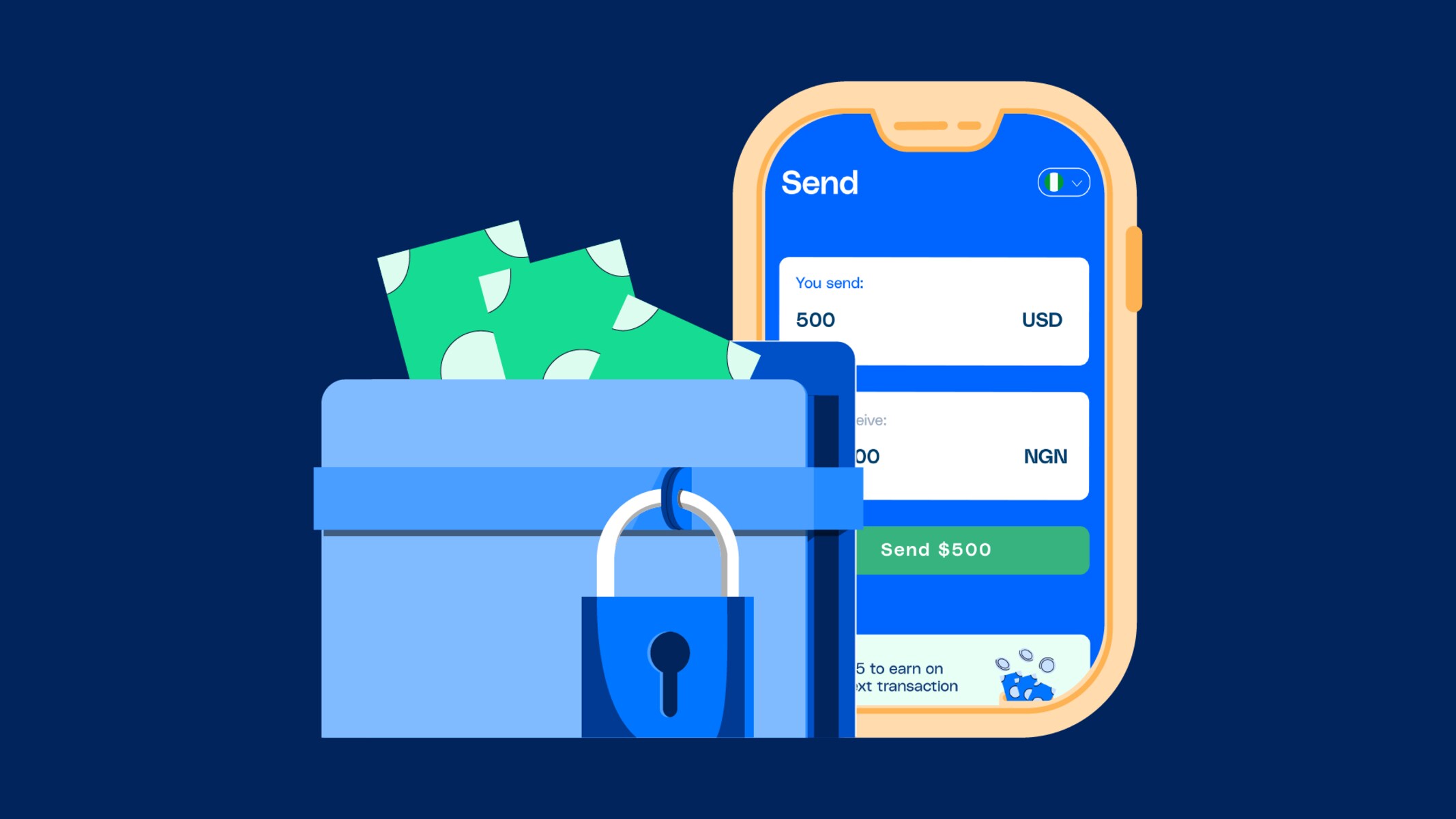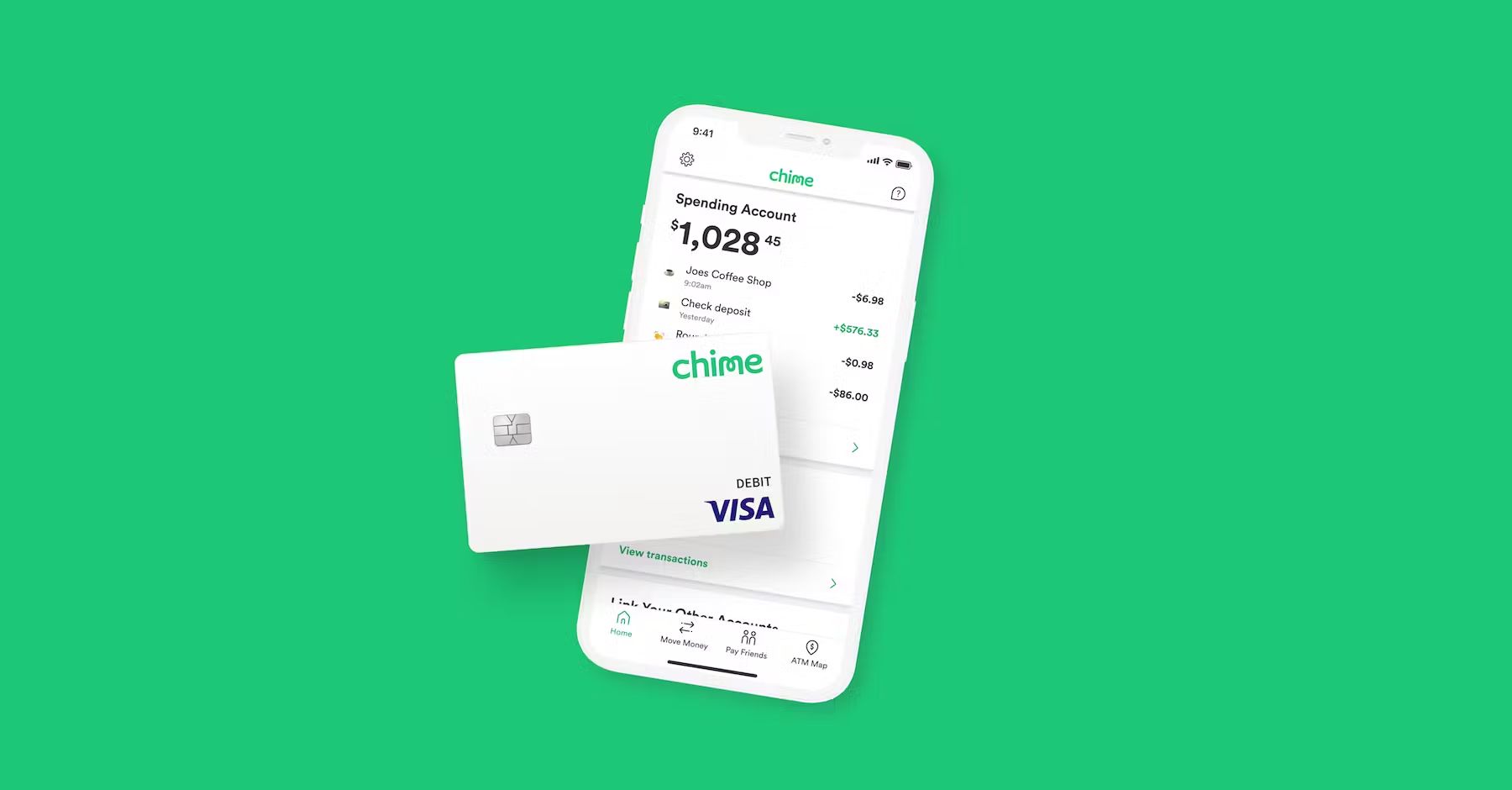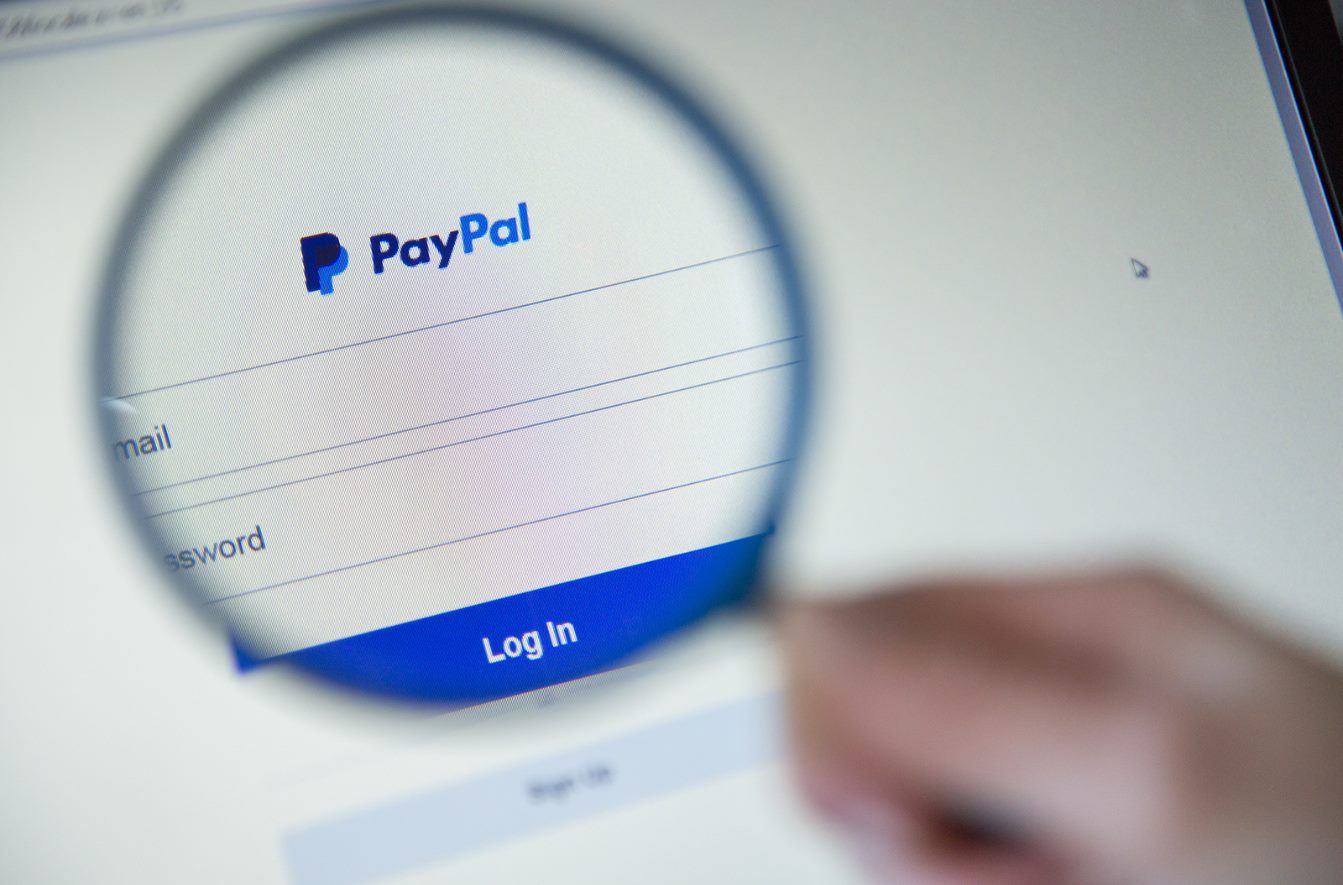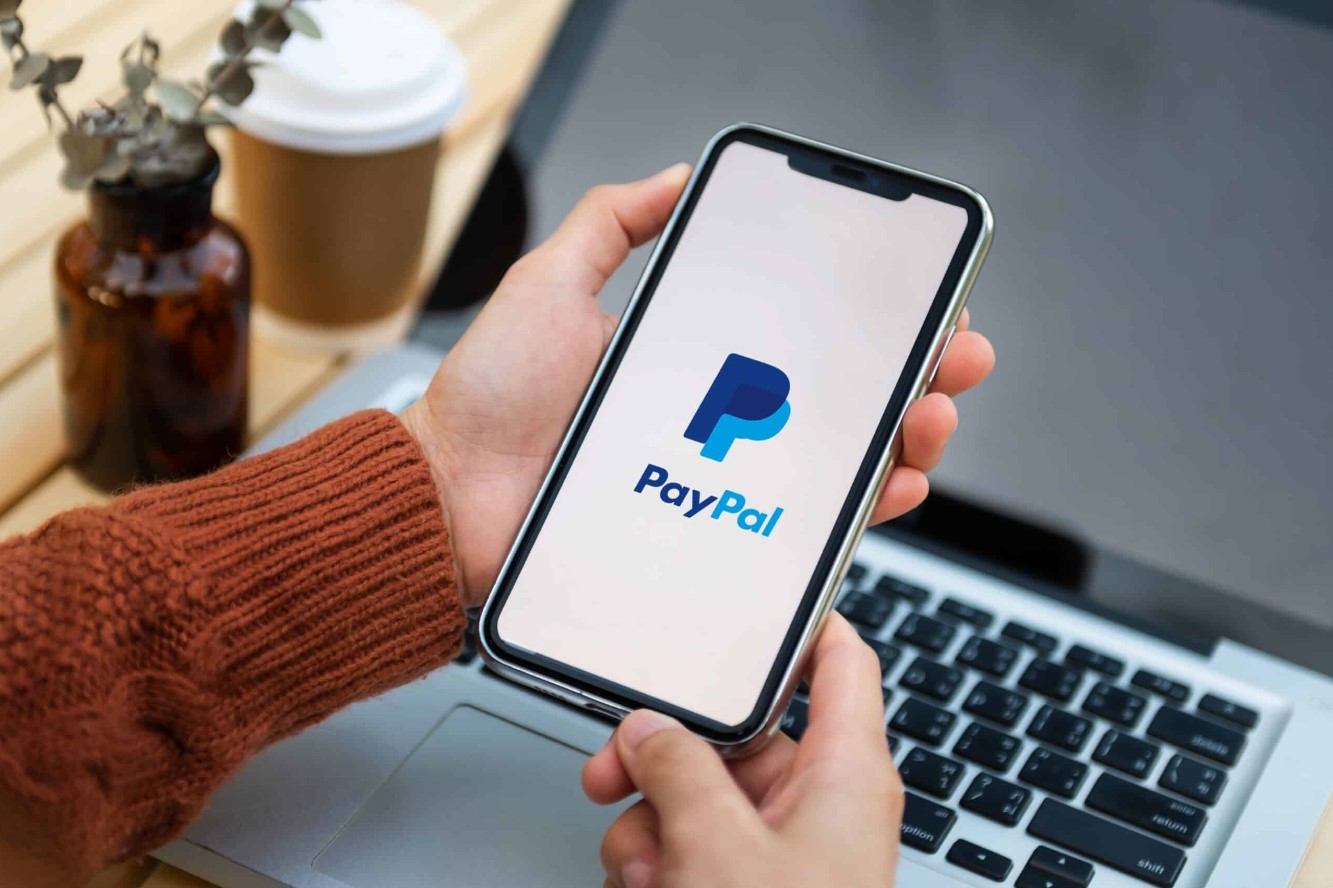Introduction
Welcome to our guide on PayPal account locks. If you have ever encountered a locked PayPal account, you know how frustrating it can be. PayPal, being one of the most popular online payment systems globally, takes security seriously to protect their users and prevent fraudulent activities.
When your PayPal account is locked, you may be unable to send or receive money, withdraw funds, or perform other transactions. This can have a significant impact on your online business or personal finances. Understanding why PayPal locks accounts and how long these locks typically last can help you navigate through the process more smoothly.
In this article, we will explore the common reasons why PayPal may lock your account, the duration of these locks, steps you can take to unlock your account, and strategies to prevent your account from getting locked in the future.
It’s important to note that while we strive to provide accurate and up-to-date information, PayPal’s policies and lock durations can vary, so it’s always best to refer to PayPal’s official guidelines or contact their customer support for the most recent and specific information regarding your account.
Reasons why PayPal may lock your account
PayPal employs various security measures to protect users from fraudulent activities, which can sometimes result in account locks. Understanding the reasons behind these locks can help you avoid potential issues and keep your account in good standing. Here are some common reasons why PayPal may lock your account:
- Suspicious or unauthorized activity: If PayPal detects any suspicious or unauthorized transactions, they may lock your account temporarily to investigate the issue. This can include unusual login attempts, multiple failed login attempts, or suspicious payment activity.
- Violation of PayPal policies: PayPal has specific policies and guidelines that users must adhere to. If you violate these policies, such as engaging in prohibited activities or conducting transactions involving restricted items, PayPal may lock your account as a security measure.
- Dispute or chargeback: If a buyer files a dispute or chargeback against a transaction you’ve completed, PayPal may investigate the matter, and during this process, they may lock your account to prevent further transactions until the issue is resolved.
- Identity verification: PayPal may request additional information and verification documents to confirm your identity or address. If you fail to provide the requested information, or if the information you provide raises further concerns, your account may be temporarily locked.
- Excessive account activity: Unusually high transaction volumes or a sudden increase in activity on your account can trigger security measures. While PayPal encourages active account usage, an excessive activity spike can raise red flags, resulting in a temporary lock.
It’s important to note that these reasons are not exhaustive, and PayPal’s security systems are designed to protect both buyers and sellers. While an account lock may be inconvenient, it is a necessary measure to ensure the safety and integrity of the PayPal platform.
In the following section, we will take a closer look at how long PayPal typically locks accounts and the steps you can take to regain access.
How long does PayPal lock your account?
The duration of a PayPal account lock can vary depending on the reason for the lock and the specific circumstances surrounding your account. In most cases, PayPal will provide you with information about the duration of the lock and any necessary steps to resolve the issue.
Typically, a temporary account lock can last anywhere from a few hours to a few weeks. PayPal uses this time to investigate the issue and ensure the security of your account. During the lock period, you may be unable to perform certain actions, such as sending or receiving funds, making purchases, or accessing your account.
If the lock is related to a specific transaction or dispute, the duration may depend on the time needed to resolve the issue, which can vary based on the complexity of the case and the cooperation of all parties involved.
For identity verification-related locks, the duration can be shorter if you provide the necessary documents promptly and if the information you submit is verified successfully. On the other hand, delays in providing the requested information or inconsistencies in the provided documentation can prolong the lock period.
In some cases, PayPal may issue a permanent account lock or suspension if severe violations of their policies are detected, recurring fraudulent activities are identified, or if your account poses a significant risk to the security of the PayPal system.
Keep in mind that the stated durations are general guidelines, and individual cases may vary. It’s always recommended to follow any instructions provided by PayPal during the lock period and to communicate directly with PayPal’s customer support for specific details regarding your account lock and the estimated duration.
Now that we have an understanding of the duration of PayPal account locks, let’s explore the steps you can take to unlock your account.
Steps to unlock your PayPal account
If your PayPal account is locked, there are several steps you can take to regain access. Here is a general guide on how to unlock your PayPal account:
- Check for notifications: Log in to your PayPal account and check for any notifications or messages regarding the account lock. PayPal may provide specific instructions or requirements to unlock your account.
- Complete the required actions: If there are any specific actions or tasks mentioned in the notifications, such as providing additional information or resolving a dispute, make sure to follow the instructions provided. Provide the requested information promptly and accurately to expedite the unlocking process.
- Contact PayPal customer support: If you’re unsure about the reason for the account lock or need further assistance, reaching out to PayPal’s customer support is a good option. They can provide insight into the issue, guide you through the resolution process, and give you an estimate of the lock duration.
- Provide necessary documentation: If your account is locked for identity verification purposes, PayPal may require you to submit specific documents to confirm your identity or address. Ensure that you provide the requested documentation promptly and accurately to expedite the verification process.
- Keep your contact information updated: Make sure that your contact information, including your email address and phone number, is up to date in your PayPal account. This will ensure that you receive any important messages or notifications regarding your account lock.
It’s important to follow the instructions provided by PayPal and be patient during the unlocking process. The duration of the lock can vary, and resolving any underlying issues may take time.
Remember to keep any communication with PayPal professional and courteous. Clearly explain your situation, provide any necessary information or documentation, and ask for clarification if needed. Polite and clear communication can help expedite the unlocking process.
By following these steps and cooperating with PayPal, you can increase your chances of unlocking your PayPal account successfully. Now, let’s move on to the next section, where we will discuss how to prevent your PayPal account from getting locked in the future.
How to prevent your PayPal account from getting locked
While a PayPal account lock can be a frustrating experience, there are measures you can take to help prevent it from happening in the first place. Here are some tips to keep your PayPal account secure and minimize the risk of getting locked:
- Regularly update your account information: Ensure that your contact details, including your email address and phone number, are accurate and up to date. This will enable PayPal to reach you quickly if they need to verify any account activity or if there are any security concerns.
- Use strong and unique passwords: Create a strong password for your PayPal account that is not easily guessable. Avoid using common words or personal information. Additionally, use unique passwords for each online account to prevent unauthorized access in case one account is compromised.
- Enable two-factor authentication: Take advantage of PayPal’s two-factor authentication (2FA) feature, if available. This adds an extra layer of security to your account by requiring a verification code in addition to your password before logging in. It helps protect against unauthorized access even if your password is compromised.
- Monitor your account activity: Regularly check your PayPal account for any suspicious activity or unauthorized transactions. Report any unfamiliar transactions or concerns to PayPal’s customer support immediately.
- Respond to disputes promptly: If a buyer raises a dispute or files a chargeback against a transaction, respond promptly and provide any necessary evidence to support your case. Addressing disputes in a timely and professional manner can help prevent account locks or holds.
- Adhere to PayPal’s policies and guidelines: Familiarize yourself with PayPal’s policies and guidelines to ensure that you are conducting transactions within their acceptable guidelines. Avoid engaging in prohibited activities or transactions involving restricted items.
- Protect your device and network: Ensure that the device and network you use to access your PayPal account are secure. Install reliable antivirus software, keep your operating system and software up to date, and avoid using public Wi-Fi networks for sensitive transactions.
By implementing these preventive measures, you can significantly reduce the risk of your PayPal account being locked and the associated inconvenience that comes with it.
While it’s impossible to eliminate all security risks, taking these precautions can help safeguard your account and provide you with peace of mind when using PayPal for your online transactions.
Now that you’re aware of these preventive measures, let’s conclude our guide on PayPal account locks.
Conclusion
Dealing with a locked PayPal account can be frustrating, but understanding the reasons behind the locks and knowing how to unlock your account can help alleviate some of the stress. PayPal employs security measures to protect its users and the platform from fraudulent activities, and while these measures may result in temporary locks, they are essential for maintaining a secure environment.
In this article, we have explored the common reasons why PayPal may lock your account, including suspicious activity, policy violations, disputes, identity verification requirements, and excessive account activity. We have also discussed the duration of these locks, which can range anywhere from a few hours to a few weeks, depending on the circumstances.
If your PayPal account does get locked, we have provided you with steps to unlock it, including checking for notifications, completing required actions, contacting PayPal’s customer support, and providing necessary documentation. By following these steps and cooperating with PayPal’s instructions, you can increase your chances of regaining access to your account.
Additionally, we have shared some valuable tips on how to prevent your PayPal account from getting locked in the first place. Regularly updating your account information, using strong and unique passwords, enabling two-factor authentication, monitoring your account activity, responding to disputes promptly, adhering to PayPal’s policies, and protecting your device and network can all contribute to a more secure PayPal experience.
Remember, it’s important to stay informed about PayPal’s policies and guidelines, as they may evolve over time. Always refer to PayPal’s official resources or contact their customer support for the most up-to-date information regarding your account and any potential locks or issues you may encounter.
By incorporating these preventive measures and staying vigilant, you can continue to use PayPal with confidence and minimize the risk of experiencing an account lock. Keep your account secure, and enjoy the convenience and benefits that PayPal offers for your online transactions.







